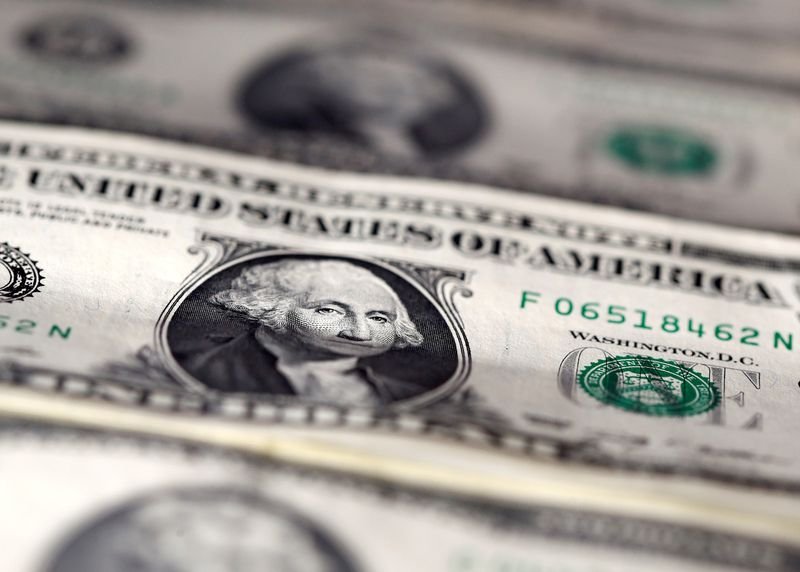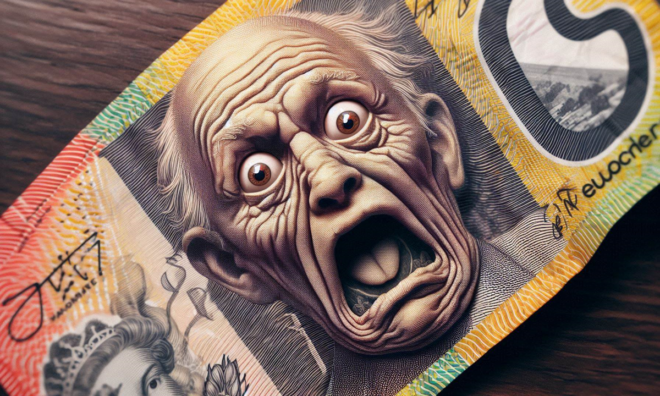By Amanda Cooper
LONDON (Reuters) -The dollar headed for a fourth weekly gain on Friday, as an uncertain backdrop for markets sent the yen near three-month lows ahead of an election in Japan over the weekend that could complicate the Bank of Japan’s (BOJ) plans to normalise rates.
The dollar held steady, underpinned by expectations for fewer rate cuts from the Federal Reserve in coming months and by growing market bets for a possible return of Donald Trump as U.S. president.
Currency options volatility has spiked recently, reflecting the demand among traders to hedge the array of risks coming in the next two weeks.
From elections in Japan and the United States to major central bank rate decisions and Britain’s first Labour budget in 14 years, investors must navigate a number of events in a short space of time, and all while concern is mounting about growth in Europe and Asia.
“We’ve had this rally in the dollar on the basis of expectations that the Fed are going to be cutting rates more gradually. I also do think that the dollar is supported by the level of global uncertainty, not just surrounding the U.S. election,” City Index market strategist Fiona Cincotta said.
“It just feels like we’re in a sort of slightly unstable moment, which I think adds support to that sort of safe haven dollar trade,” she said.
The dollar index was last little changed at 104.01, after having scaled a roughly three-month high of 104.57 earlier in the week and set for a fourth weekly gain, up 0.5% this week. This would be the longest stretch of weekly rallies for the dollar since February.
Japanese voters head to the polls on Sunday for a general election with opinion surveys showing the ruling Liberal Democratic Party (LDP) could lose its long-held dominance.
The uncertainty and prospect of political instability could cloud the outlook for BOJ monetary policy, as it tries to steer a smooth lift-off from near-zero interest rates. The central bank next meets on Oct. 30-31.
The yen weakened, leaving the dollar 0.1% higher on the day at 152.045 and up 1.4% this week, having shrugged off Tokyo inflation data on Friday that showed core consumer prices came in below the BOJ’s 2% target for the first time in five months.
“There is some suggestion that if the LDP loses its majority – which I gather, is a distinct possibility, then there’s a possibility that further muddies the water as far as BOJ policy normalisation is concerned,” Ray Attrill, head of FX strategy at National Australia Bank, said.
The yen has fallen roughly 5.3% so far this month, setting it up for its worst monthly decline since April 2022.
The move past 150 per dollar has prompted Japanese authorities to issue verbal warnings that this weakening in the currency is undesirable, leaving traders on alert again for official intervention.
A senior Japanese finance ministry official said Finance Minister Katsunobu Kato and U.S. Treasury Secretary Janet Yellen discussed recent exchange-rate moves, among other topics, in a bilateral meeting held on Thursday.
DOLLAR DOMINANCE
The euro traded in negative territory at $1.08255, having hit a three-month low earlier this week.
Surveys of euro zone businesses showed activity stalled again this month, though the contraction in Germany – Europe’s largest economy – was not as bad as the previous month.
A separate survey on Friday of German business sentiment showed confidence improved more than expected this month, having fallen for four straight months, but was barely above September’s eight-month low.
Sterling was steady at $1.29785, having lifted off a two-month low of $1.2908 on Wednesday and was set for a 0.5% weekly fall. The Australian dollar and New Zealand dollars both fell around 0.3%.
(Additional reporting by Rae Wee in Singapore; Editing by Shri Navaratnam and Christopher Cushing)








